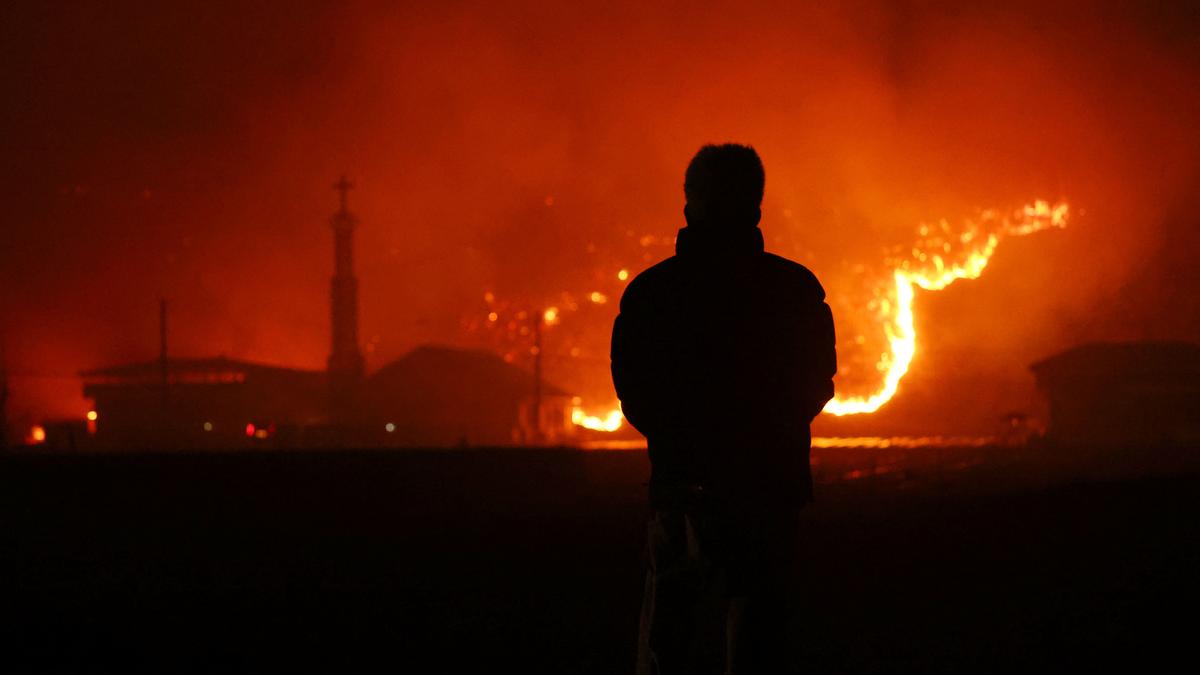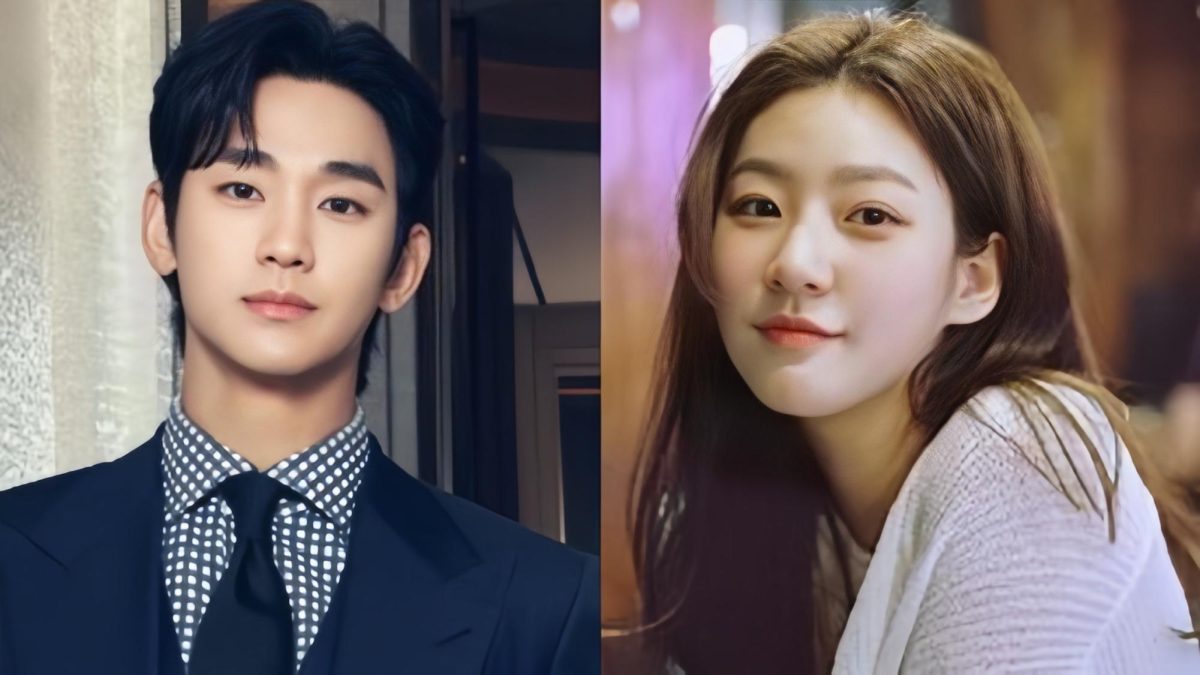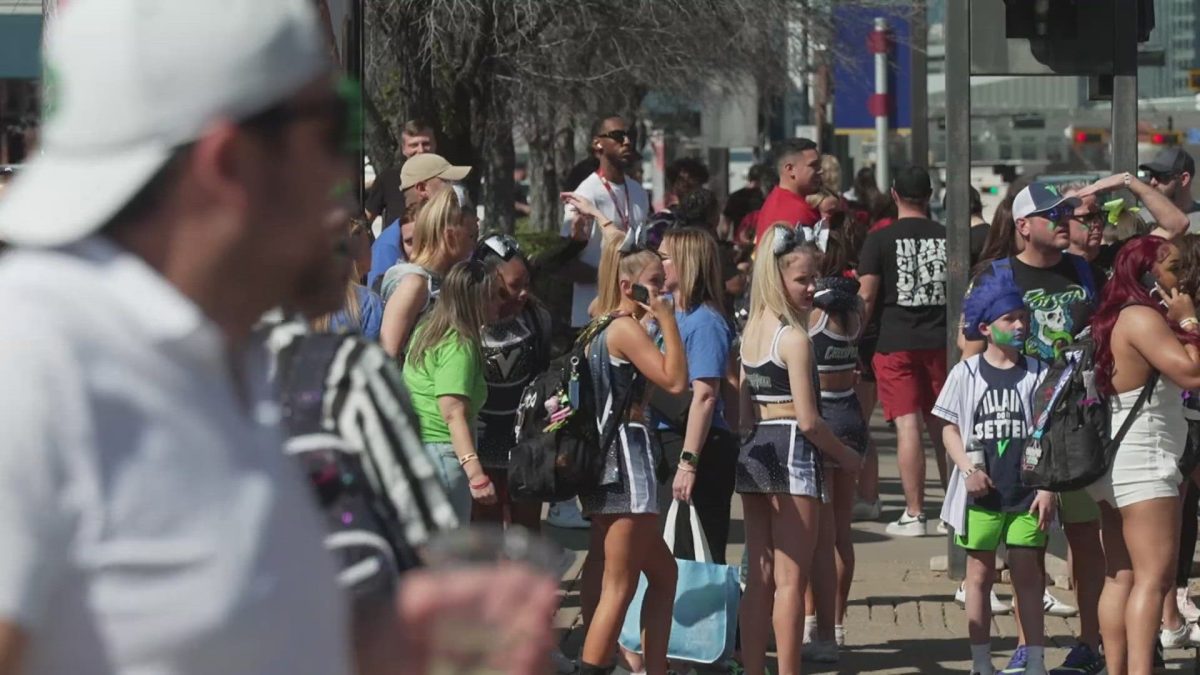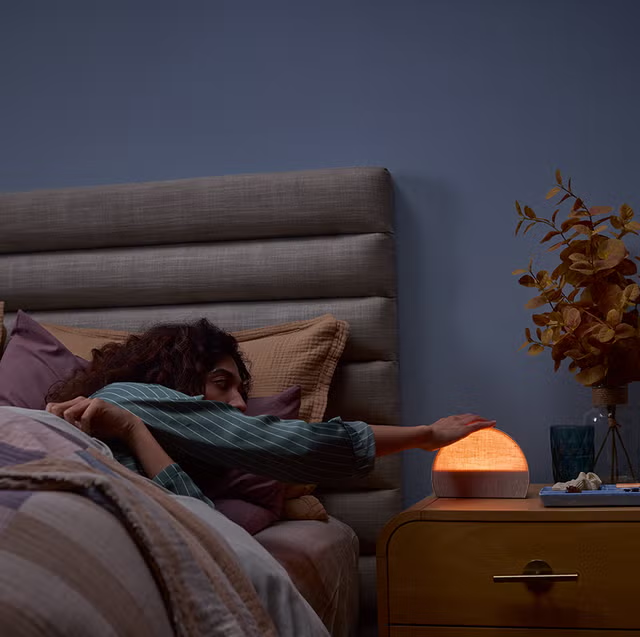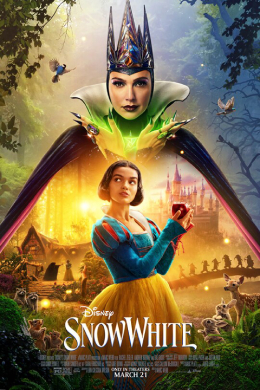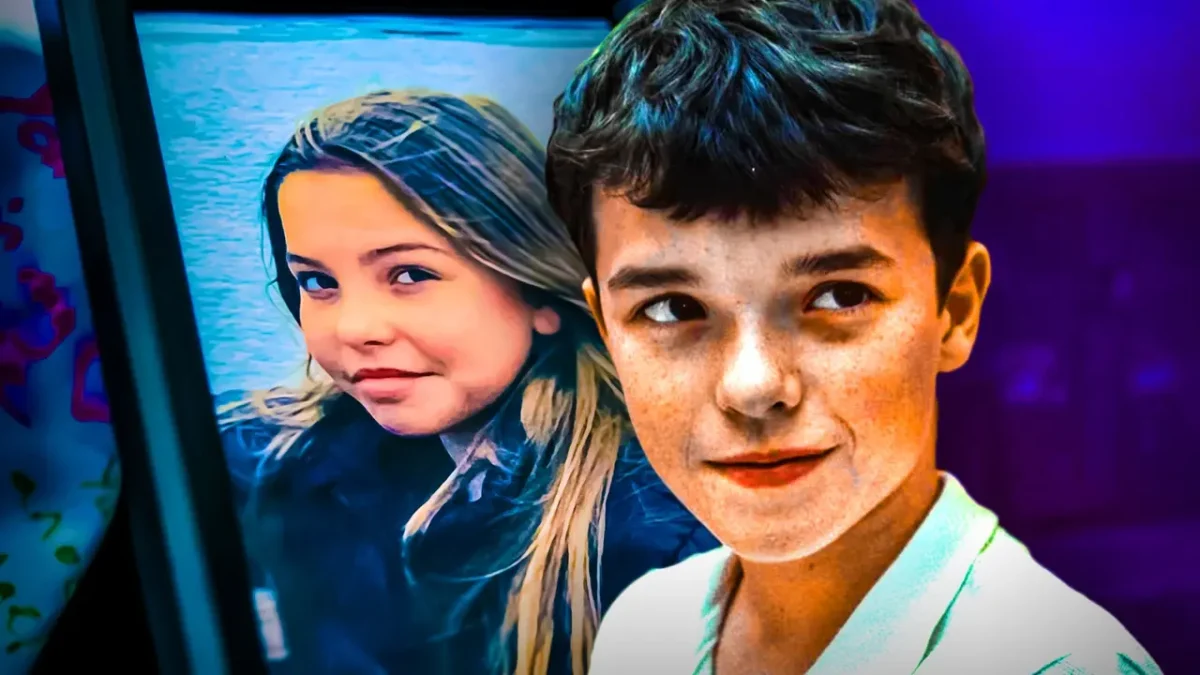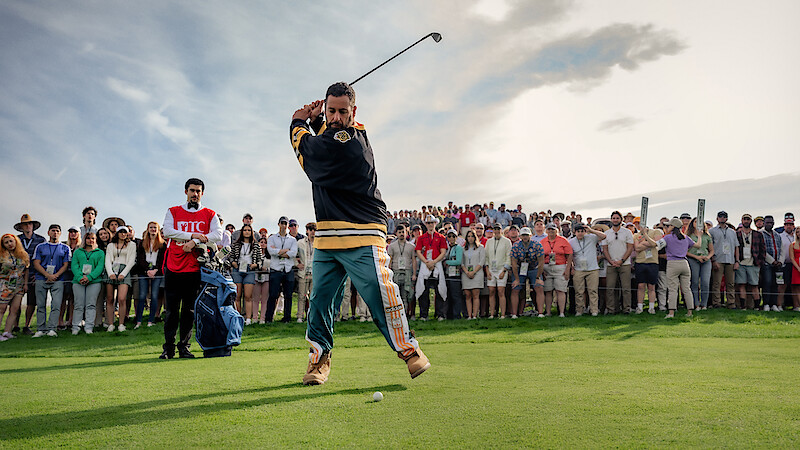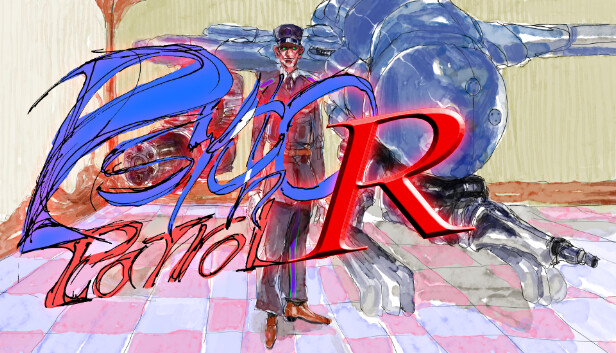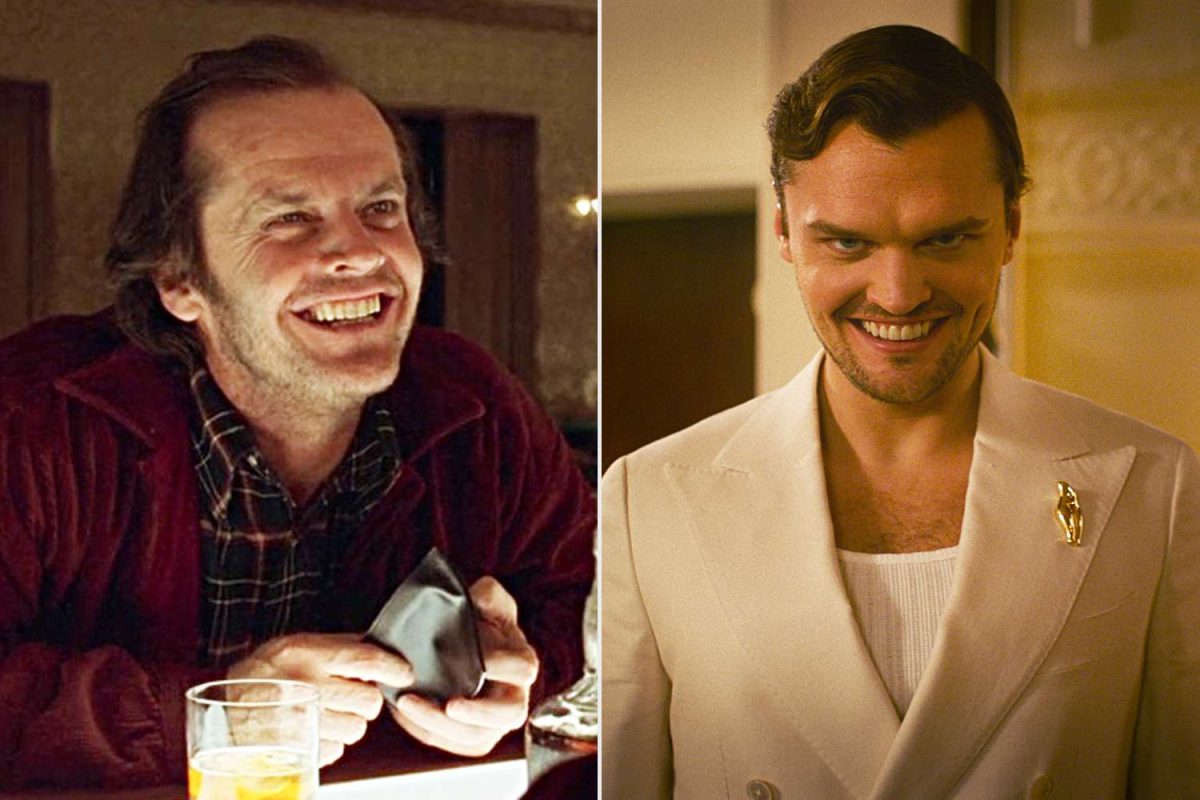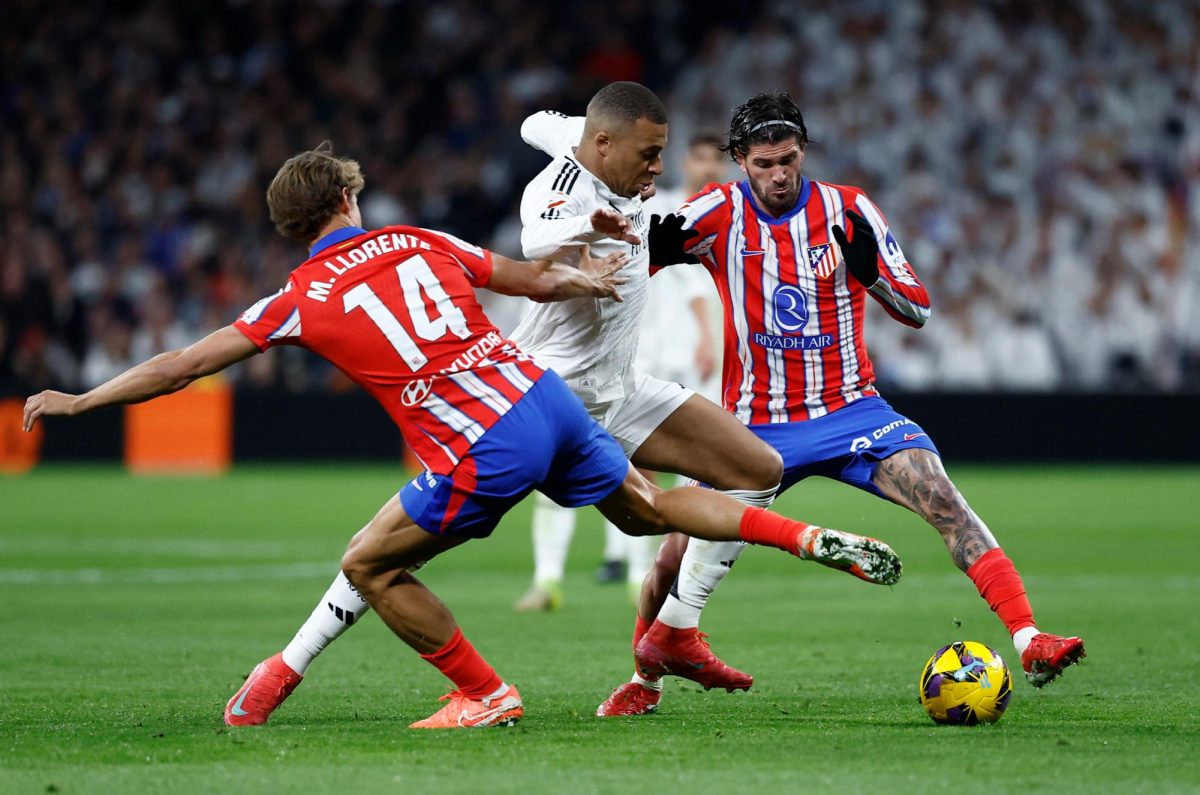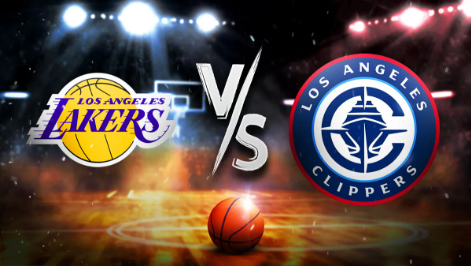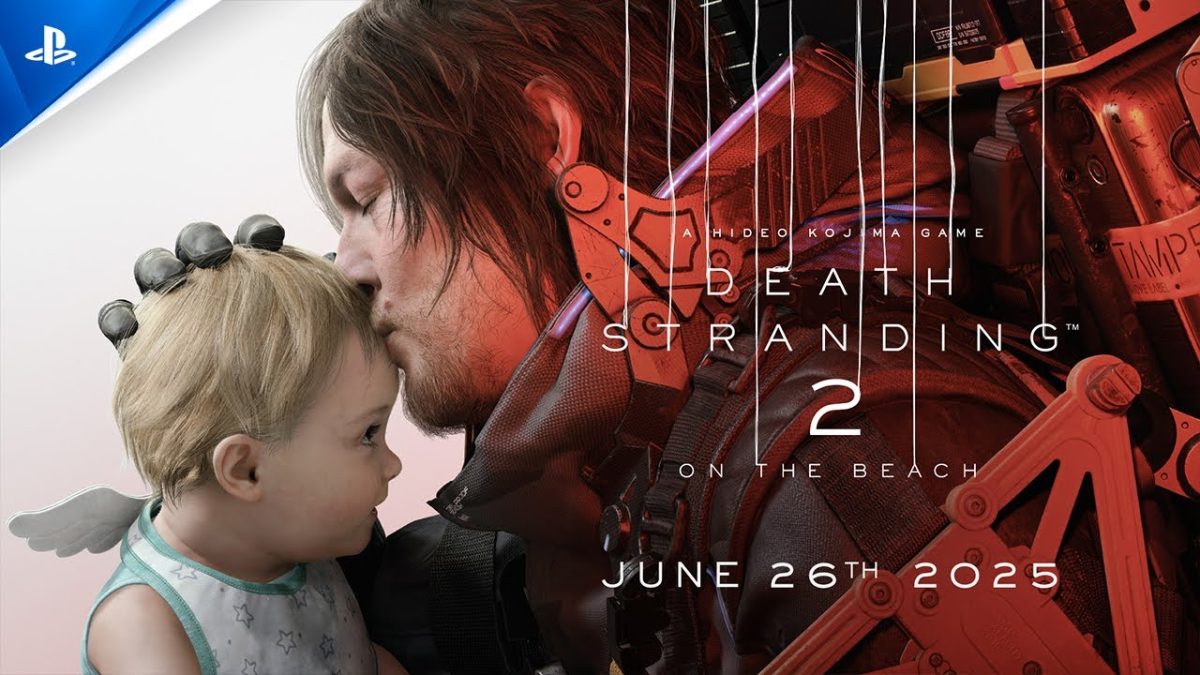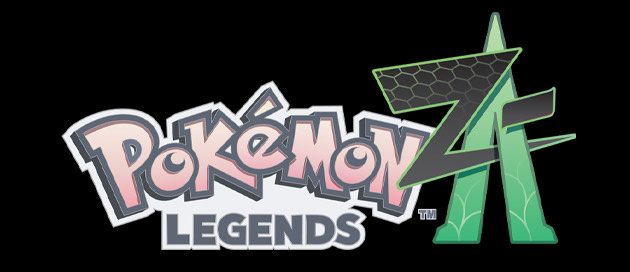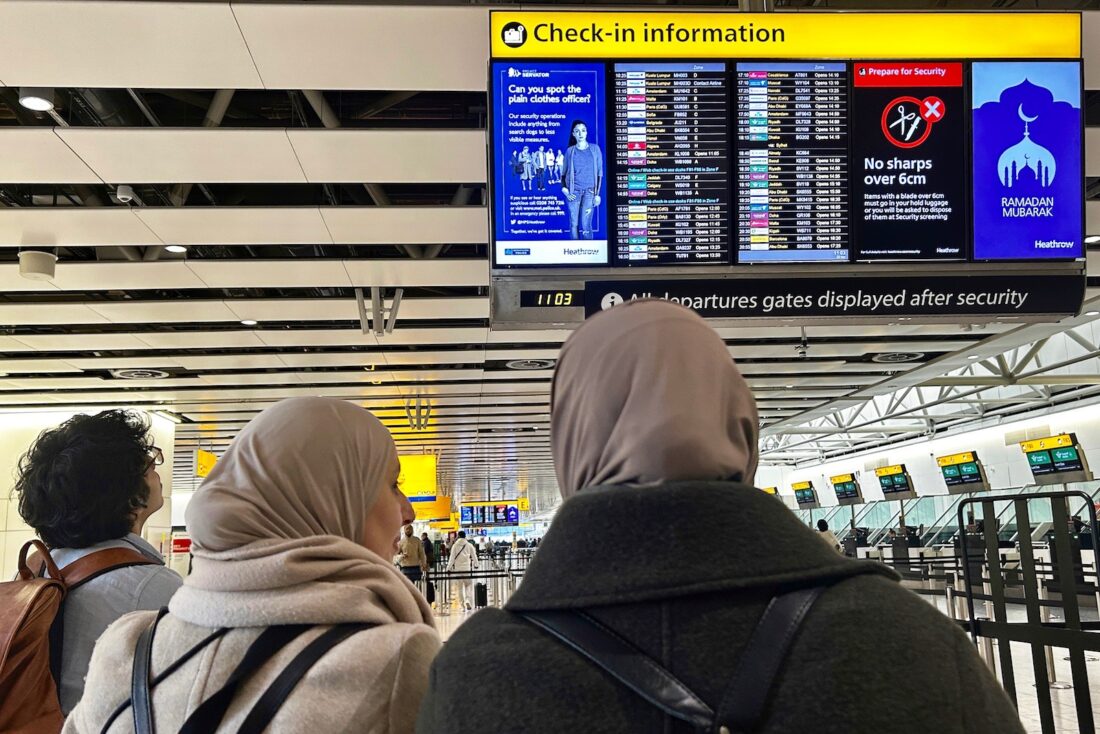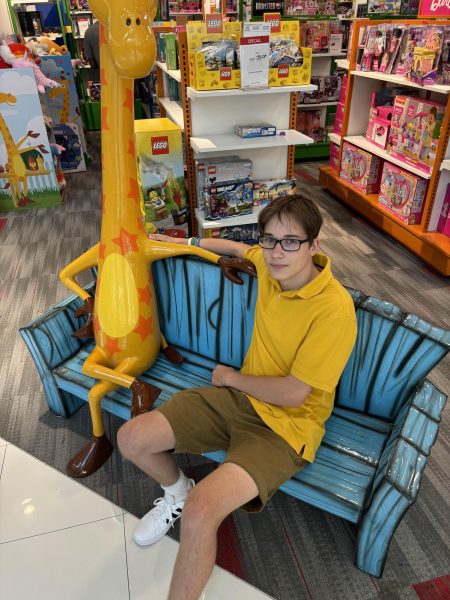Death Stranding 2: On the Beach is an upcoming adventure game from legendary game director and designer Hedio Kojima and his company Kojima Productions. The game is a follow-up to the innovative, albeit controversial, game Death Stranding which was released in 2019. With the new 10-minute long trailer for the sequel recently releasing online, many fans are left with more questions than answers in classic Kojima fashion.
Death Stranding tasks the player with traveling across a surreal, post-apocalyptic world where they must deliver essential cargo through rough terrain all while avoiding bandits, supernatural enemies, and even a mysterious military force. Death Stranding 2: On the Beach seems to follow a similar formula, with the trailer showcasing new environments, vehicles, and enemies for the player to experience. With enormous creatures, beautiful landscapes, as well as a mix of both zany and menacing villains, there will be a lot of fun to be had when the game releases on June 26th, as a PS5 exclusive.
Similar to the first game, Death Stranding 2: On the Beach will have a heavy emphasis on story and world-building. With a mix of returning characters as well as new ones, both friend and foe, Kojima productions is hard at work to keep the story fresh, while also expanding upon the events and characters of the previous game.
In both Death Stranding games, you control deliveryman Sam Porter Bridges, who is played by actor Norman Reedus. For his performance, Reedus underwent a process called motion capture, which records facial and body movements to be later animated over. Many other Hollywood actors such as Mads Mikkelsen, Léa Seydoux, and Margaret Qualley also participated in this process, lending their likeness to their in-game counterparts. For the sequel, actors Ellen Fanning and Luca Marinelli as well as Mad Max director Gorge Miller will be joining the cast.
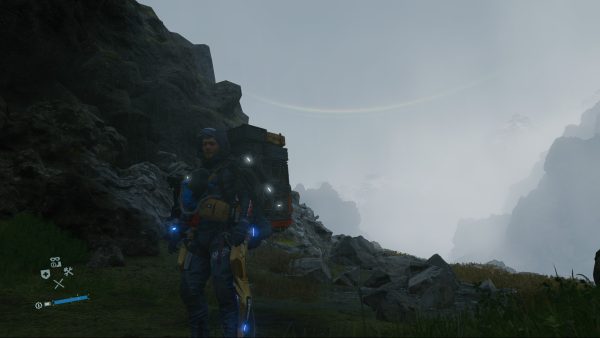
While this may seem like all the ingredients to an exciting action game, you’ll be surprised to find that Death Stranding takes a slower approach to gameplay. Combat sections are only used sparingly, with there being a greater focus on inventory management, driving, walking, and climbing. This decision caused great controversy, as many gamers who were used to high-octane action games wrote Death Stranding off as nothing more than a “walking simulator” when it was initially released. Judging by the trailer, many exciting moments are sure to be had throughout Death Stranding 2: On the Beach, whether the game keeps the slower pace of the original, however, still remains to be seen.
We asked David Rizzo, a fan of Death Stranding, what made the slower pace of the original game so appealing to him. He explained that “The gameplay loop of hiking throughout the post-apocalyptic United States of Death Stranding required a level of patience not seen in many games. While some saw the gameplay as monotonous, repetitive, and boring, I found it to be a peaceful experience, allowing the player to appreciate the beautiful landscapes while finding optimal ways of traversing the terrain while avoiding the game’s enemies.”
Kojima, famously known for the Metal Gear franchise, began his career in 1986 and has always been known to try new things, even being credited as inventing the stealth genre of game. In 1998, Kojima released Metal Gear Solid, a sequel to Metal Gear, a game he created in 1987 for the Sony MSX2 home computer. Metal Gear Solid was met with both critical and commercial success, selling over 12 million copies and becoming one of the most acclaimed games of all time. The Metal Gear Solid series continued for an additional four mainline games, each produced by Konami and directed by Kojima himself. However, In 2015, after completing Metal Gear Solid V: The Phantom Pain, Kojima left Konami to create his own production company. While an official statement was never made on why this decision was made, many speculate that creative differences as well as Kojma’s perfectionism created tension between him and Konami.
Death Stranding’s experimental and slower-paced gameplay is a direct result of Kojima having full creative control for potentially the first time in his career. No longer bound by the input of a large production company that wants its games to have mass appeal, Kojima is able to take risks and stay true to his vision.
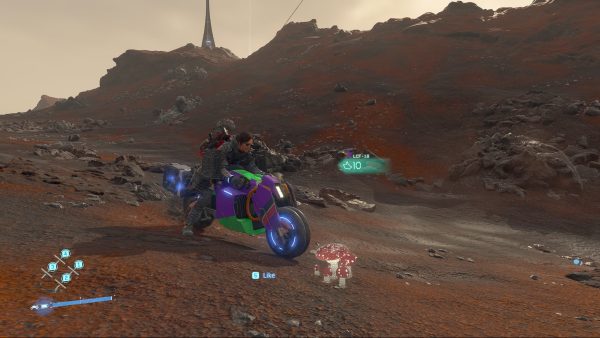
A scene in the recent trailer showcases Marinelli’s villainous character Neil, have his face turn into a skull after putting on a bandana which strikes a resemblance to the iconic bandanna worn by Solid Snake, the main protagonist of the Metal Gear Solid series. On the surface, this may seem like a normal scene meant to excite the audience with a new villain; however, fans speculate that there’s more meaning behind it than that. Many believe this scene is supposed to be a jab at Konami, with Kojima calling the Metal Gear Solid series a husk of its former self, as Konami continues to make remakes and online multiplayer spin-offs without his involvement. Kojima has even stated in an interview from 2020 that he believes if Marinelli “donned a bandanna, he’d be a splitting image of Solid Snake,” only further fueling the theory.
With Death Stranding 2: On the Beach still three months away, we’ll have to wait to see if this claim has any bearing. In the meantime, we can only hope that Kojima continues to innovate and offer up gamers an experience worthy of his previous titles.

